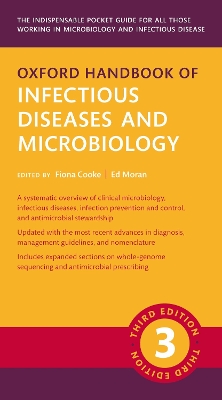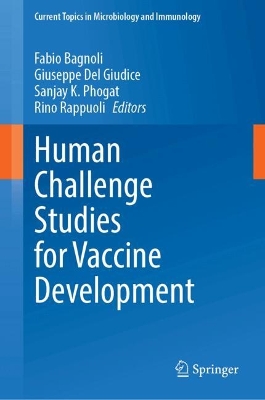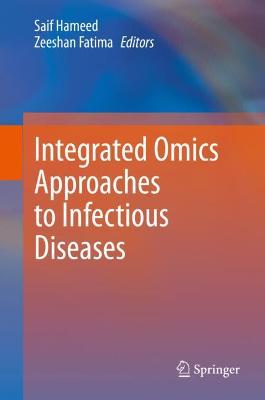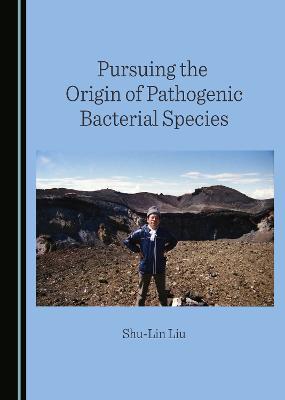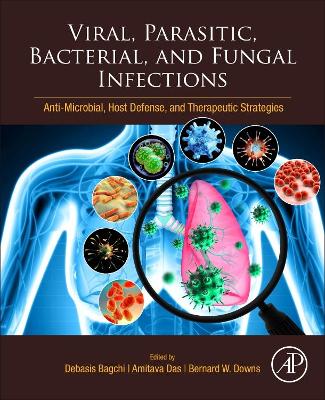Integrated Omics Approaches to Infectious Diseases
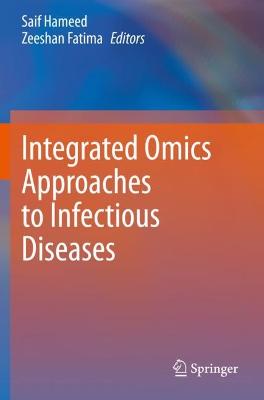 portes grátis
portes grátis
Integrated Omics Approaches to Infectious Diseases
Fatima, Zeeshan; Hameed, Saif
Springer Verlag, Singapore
07/2022
542
Mole
Inglês
9789811606939
15 a 20 dias
854
Descrição não disponível.
Chapter 1. Geno-Informatics for Prediction of Virulence and Drug Resistance in Bacterial Pathogens.- Chapter 2. Next Generation Sequencing: Challenges and Opportunities in Tuberculosis Research.- Chapter 3. Deciphering the role of epigenetic reprogramming in host-pathogen interactions.- Chapter 4. Genomic evidence provides the understanding of SARS-CoV-2 composition, divergence and diagnosis.- Chapter 5. Importance of Next Generation Sequencing in Viral Diagnostics.- Chapter 6. Bioinformatics application in CoVID19.- Chapter 7. Emerging Transcriptomics approaches to decipher Mycobacterial complexities.- Chapter 8. Microarrays: A road map to uncover host pathogen interactions.- Chapter 9. Transcriptional Approach in the Identification of Drug Targets in Candida spp.- Chapter 10. Non-Coding RNA profiling: Potential Application in Infectious Diseases.- Chapter 11. RNA-seq analysis strategies to understand viral pathogenesis.- Chapter 12. Various Transcriptomic approaches & their applications to study small non-coding RNAs in Dengue and other viruses.- Chapter 13. Transcriptomic Approaches in Understanding Sars-COV-2 Infection.- Chapter 14. miRNA target prediction: Overview and applications.- Chapter 15. A Glimpse into Peptidomic Approach.- Chapter 16. Molecular mechanism of action of antimicrobial agents against clinically important human pathogens: A proteomic approach.- Chapter 17. Exploration of the mycobacterial proteome in the pathogenesis of TB: A perspective.- Chapter 18. Pathogenesis of Staphylococcus aureus and proteomic strategies for the identification of drug targets.- Chapter 19. Proteomics in the study of Host-Pathogen interactions.- Chapter 20. Significance of post-translational modifications in Apicomplexan parasites.- Chapter 21. An introduction to computational pipelines for analyzing untargeted metabolomics data for Leishmaniasis.- Chapter 22. Metabolomics: PromisingTool to Study Disease Biomarkers and Host-Pathogen Interactions.- Chapter 23. Lipidomics to study the role of lipid droplets in host-pathogen interactions.- Chapter 24. Lipid structure, function and lipidomic applications.- Chapter 25. Nanoparticles as Therapeutic Nanocargos affecting Epigenome of Microbial Biofilms.- Chapter 26. Malaria in the era of OMICS: Challenges and Way forward.- Chapter 27. Omics Approaches for Infectious Diseases.- Chapter 28. Pathogen-Omics: challenges and prospects in research and clinical settings.
Este título pertence ao(s) assunto(s) indicados(s). Para ver outros títulos clique no assunto desejado.
Infectious Diseases;Medical Genomics;Transcriptomics;Proteomics;Metabolomics
Chapter 1. Geno-Informatics for Prediction of Virulence and Drug Resistance in Bacterial Pathogens.- Chapter 2. Next Generation Sequencing: Challenges and Opportunities in Tuberculosis Research.- Chapter 3. Deciphering the role of epigenetic reprogramming in host-pathogen interactions.- Chapter 4. Genomic evidence provides the understanding of SARS-CoV-2 composition, divergence and diagnosis.- Chapter 5. Importance of Next Generation Sequencing in Viral Diagnostics.- Chapter 6. Bioinformatics application in CoVID19.- Chapter 7. Emerging Transcriptomics approaches to decipher Mycobacterial complexities.- Chapter 8. Microarrays: A road map to uncover host pathogen interactions.- Chapter 9. Transcriptional Approach in the Identification of Drug Targets in Candida spp.- Chapter 10. Non-Coding RNA profiling: Potential Application in Infectious Diseases.- Chapter 11. RNA-seq analysis strategies to understand viral pathogenesis.- Chapter 12. Various Transcriptomic approaches & their applications to study small non-coding RNAs in Dengue and other viruses.- Chapter 13. Transcriptomic Approaches in Understanding Sars-COV-2 Infection.- Chapter 14. miRNA target prediction: Overview and applications.- Chapter 15. A Glimpse into Peptidomic Approach.- Chapter 16. Molecular mechanism of action of antimicrobial agents against clinically important human pathogens: A proteomic approach.- Chapter 17. Exploration of the mycobacterial proteome in the pathogenesis of TB: A perspective.- Chapter 18. Pathogenesis of Staphylococcus aureus and proteomic strategies for the identification of drug targets.- Chapter 19. Proteomics in the study of Host-Pathogen interactions.- Chapter 20. Significance of post-translational modifications in Apicomplexan parasites.- Chapter 21. An introduction to computational pipelines for analyzing untargeted metabolomics data for Leishmaniasis.- Chapter 22. Metabolomics: PromisingTool to Study Disease Biomarkers and Host-Pathogen Interactions.- Chapter 23. Lipidomics to study the role of lipid droplets in host-pathogen interactions.- Chapter 24. Lipid structure, function and lipidomic applications.- Chapter 25. Nanoparticles as Therapeutic Nanocargos affecting Epigenome of Microbial Biofilms.- Chapter 26. Malaria in the era of OMICS: Challenges and Way forward.- Chapter 27. Omics Approaches for Infectious Diseases.- Chapter 28. Pathogen-Omics: challenges and prospects in research and clinical settings.
Este título pertence ao(s) assunto(s) indicados(s). Para ver outros títulos clique no assunto desejado.

